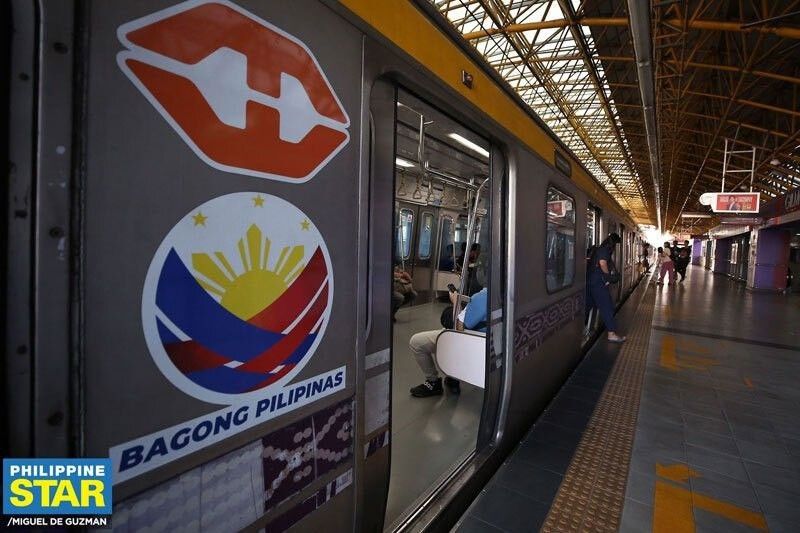LRTA breaches pre-pandemic revenue level

MANILA, Philippines — The Light Rail Transit Authority (LRTA) reaped the benefits of economic reopening in 2023 as its revenue breached pre-pandemic levels.
Based on preliminary data, the LRTA, operator of the Light Rail Transit Line 2 (LRT-2), grew its income from ticket sales by 75 percent to P1.1 billion in 2023 from P624.83 million in 2022.
With this, the LRTA managed to exceed by two percent its pre-pandemic income of P1.09 billion in 2019, signaling that the agency is starting to rebound from financial decline.
The railway posted a 56-percent surge in ridership to 49.43 million in 2023 from 31.64 million in 2022. Pre-pandemic ridership was recorded at an impressive 56.98 million.
The LRTA said the 2023 figure marks the highest number of passengers ferried by the LRT-2 since the pandemic. Ridership dropped to 12.5 million in 2020 and 11.84 million in 2021 when the government put travel restrictions in place to contain the spread of COVID virus.
The LRTA estimates that around 50.7 million commuters will ride the LRT-2 in 2024, optimistic that the resumption of face-to-face classes and return of onsite work will drive up ridership.
The LRT-2 runs through the University Belt, a stretch of universities and colleges in Manila, making the railway a viable means of transport for students in the area.
For this year, the government allocated about P864 million in subsidies for the LRTA to finance operational expenses and rehabilitate the railway.
On its own, the LRTA is trying to generate as much funds as it can from rail and non-rail sources. Proceeds from its revenue-generation are spent on operating and maintaining the tracks and trains of the LRT-2 and undertaking expansion efforts, such as the LRT-2 West Extension Project.
The project seeks to extend the LRT-2 by three stops from the Recto Station, allowing it to reach Tutuban, Divisoria and Pier 4. The project also includes the purchase of new train sets in anticipation of increased ridership.
- Latest
- Trending































